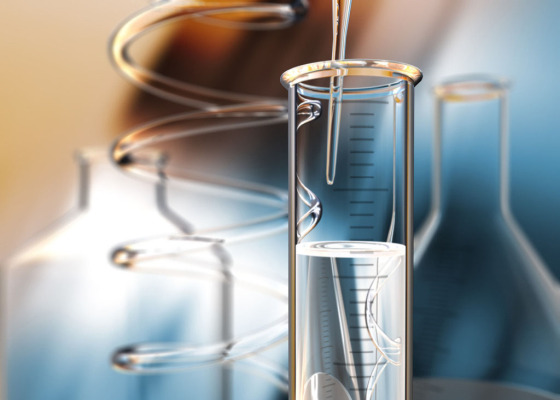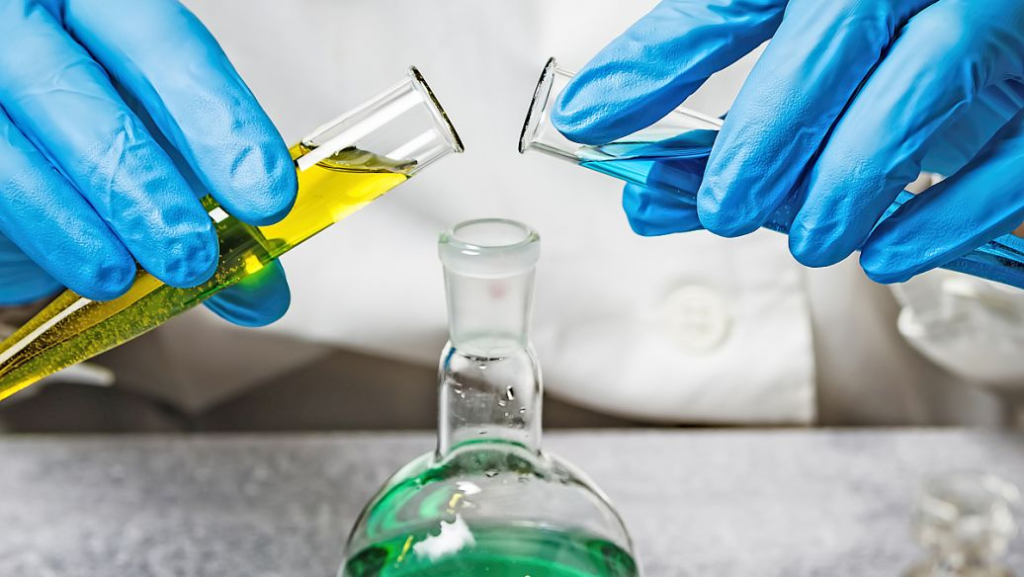Why can’t titanium dioxide dispersants be directly diluted with water? From a molecular structure perspective, titanium dioxide dispersants belong to polymeric surfactants, whose molecular chains exhibit unique amphiphilicity: one end is a lipophilic group, and the other end is a …
Read More










